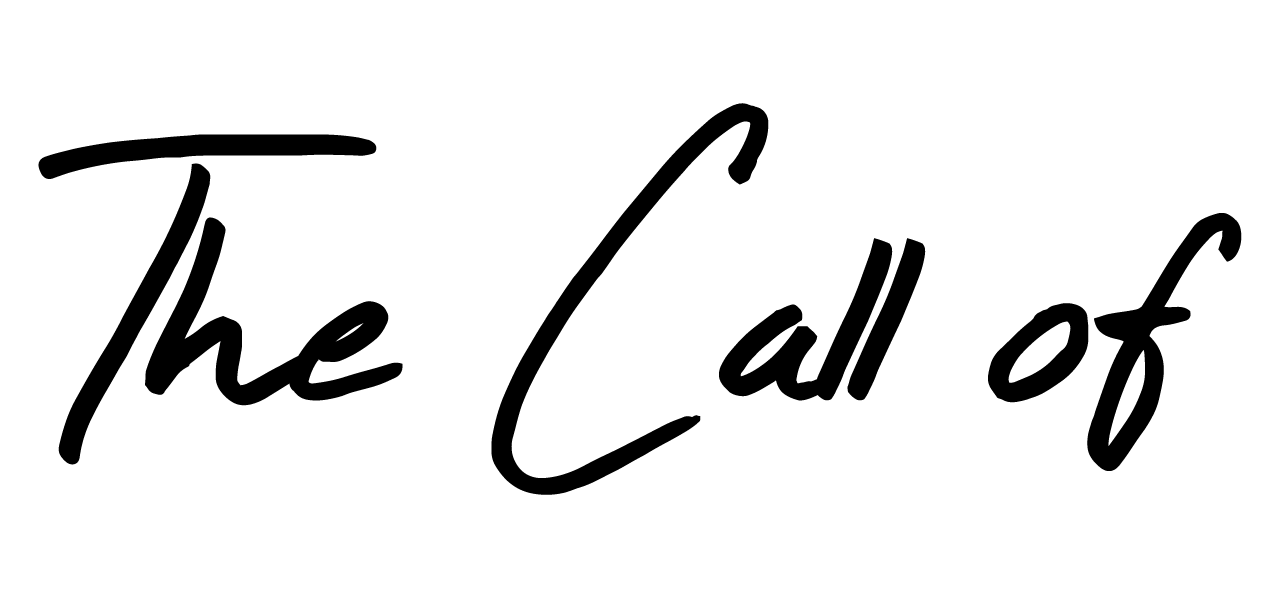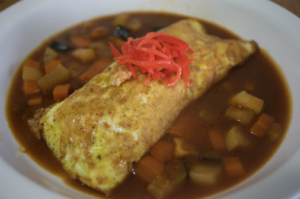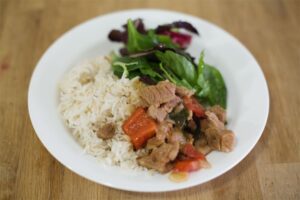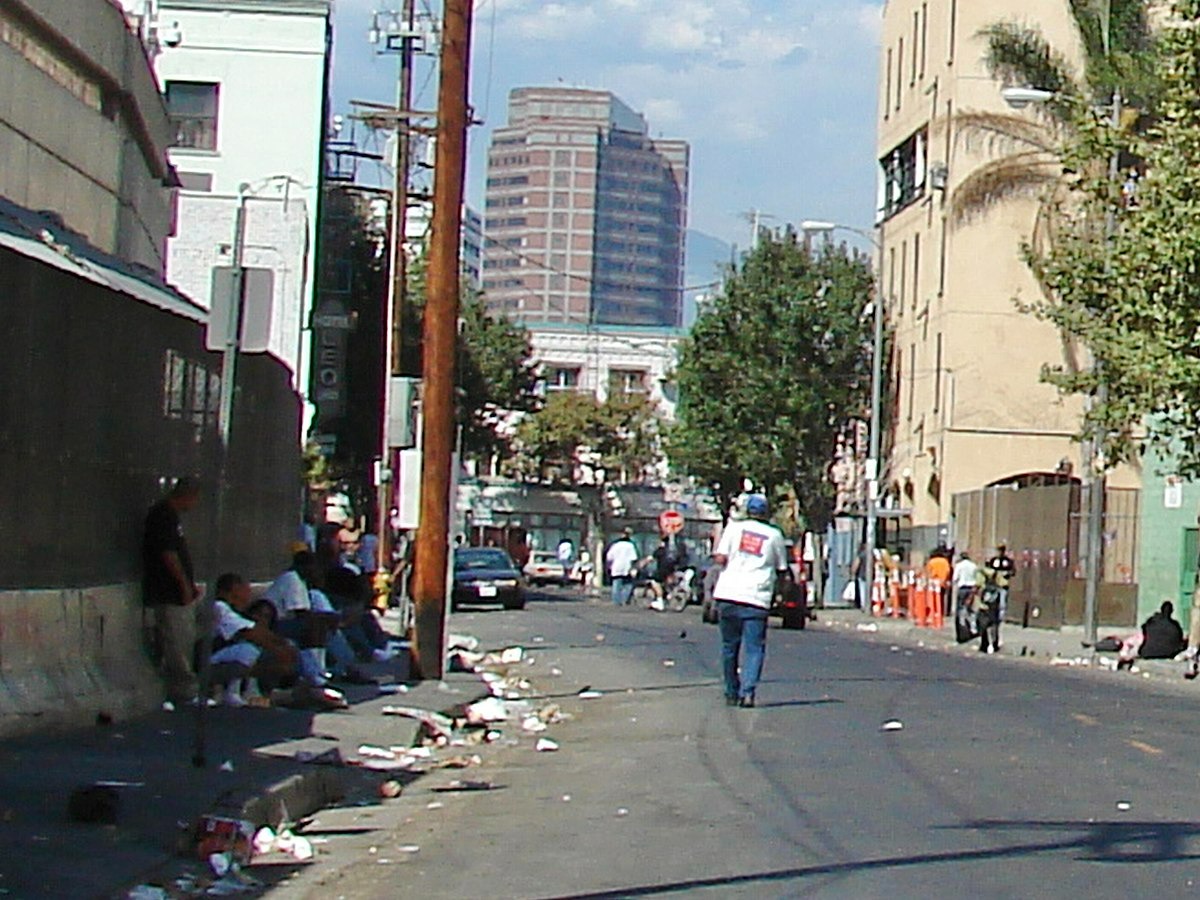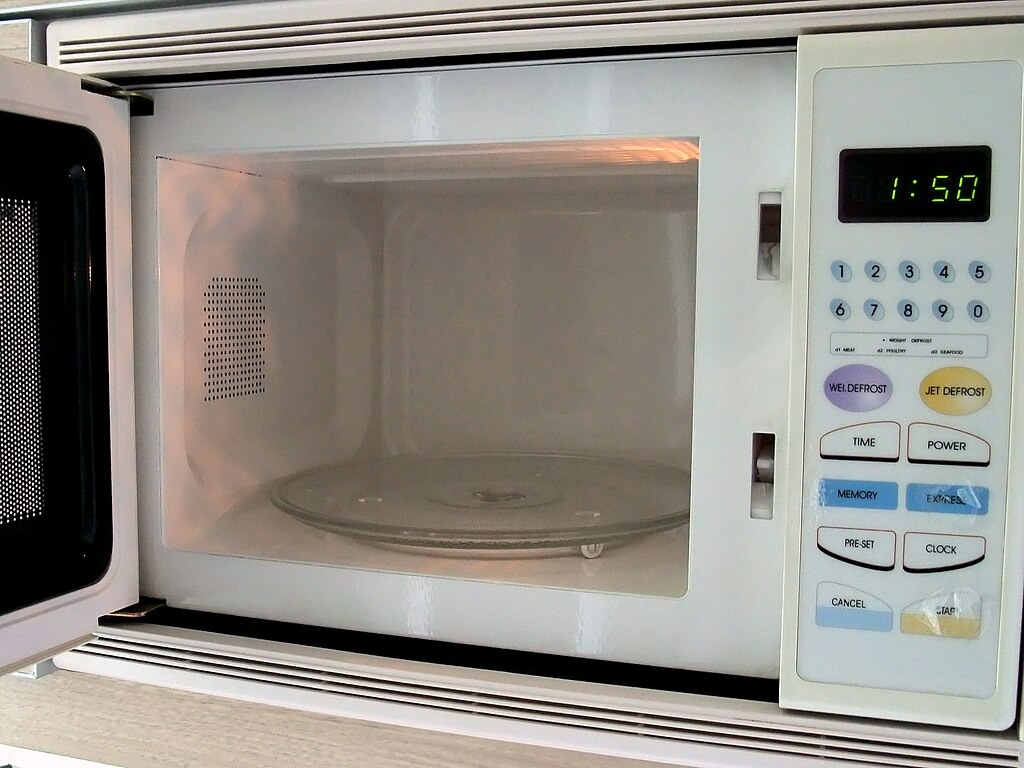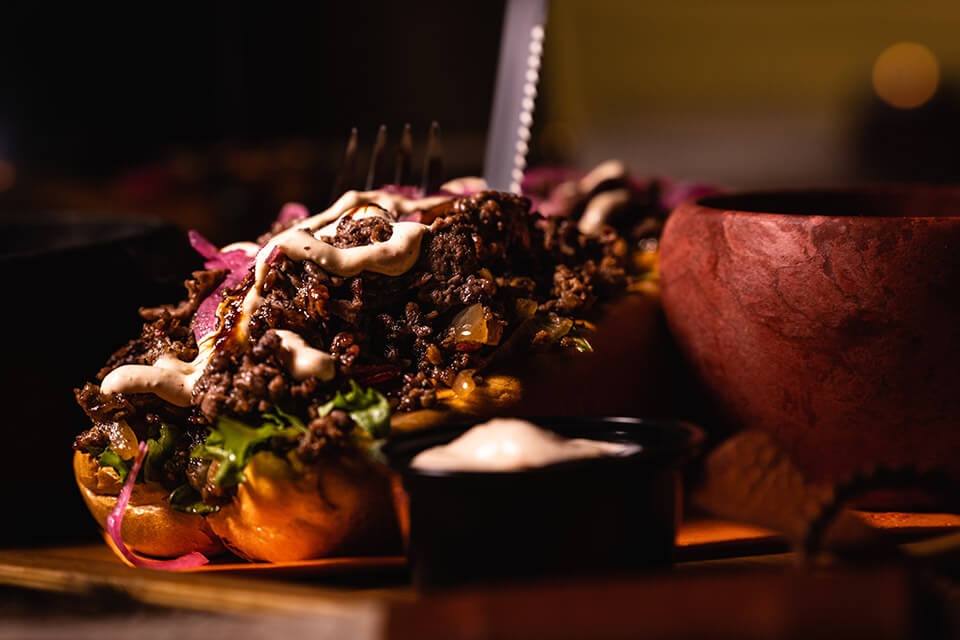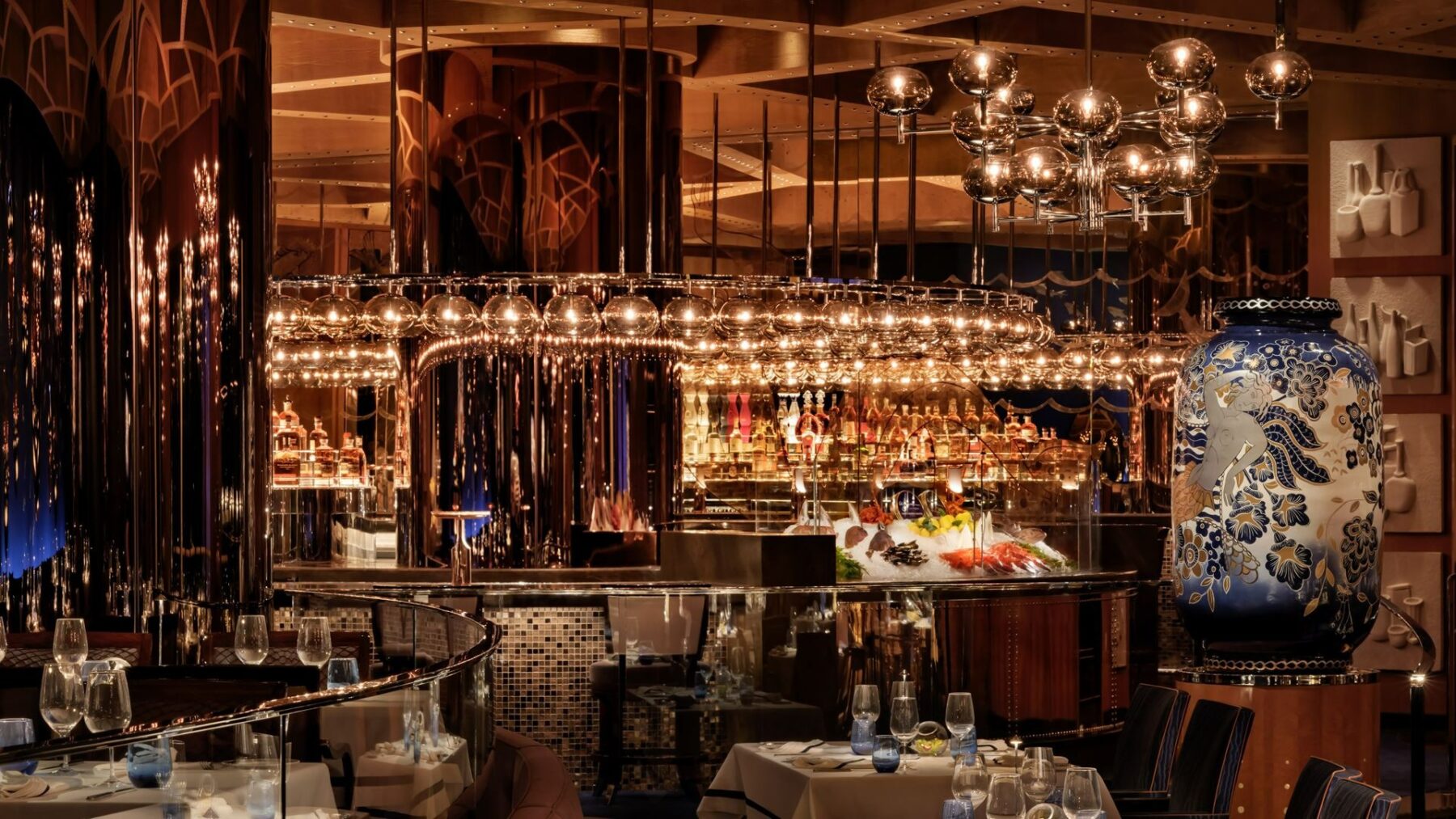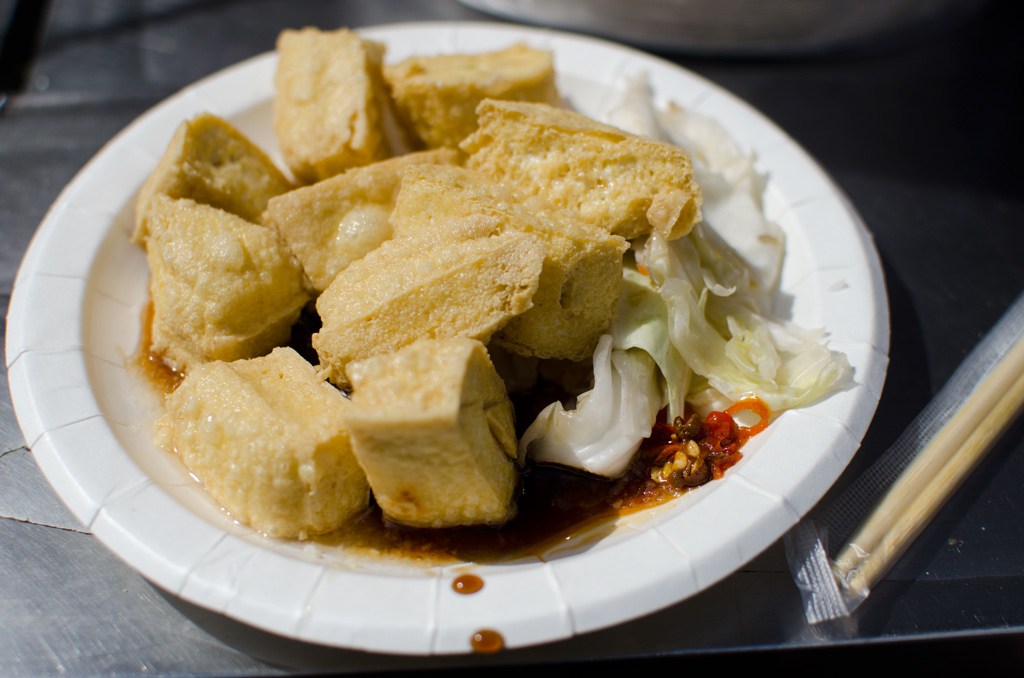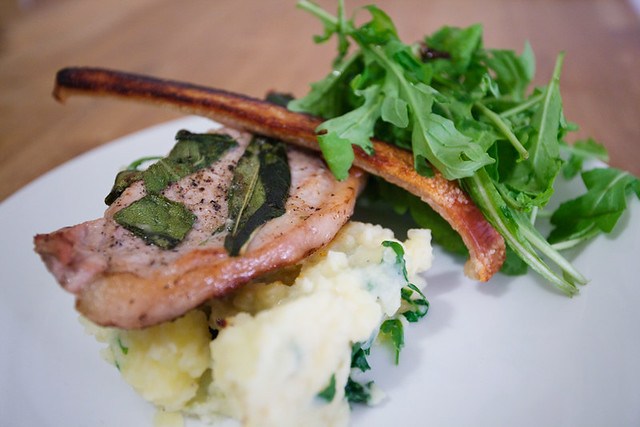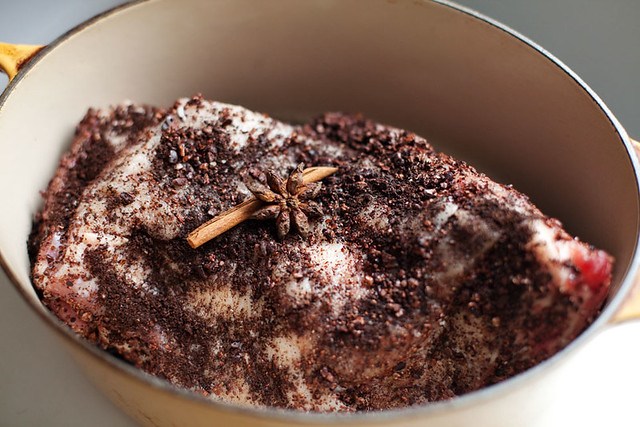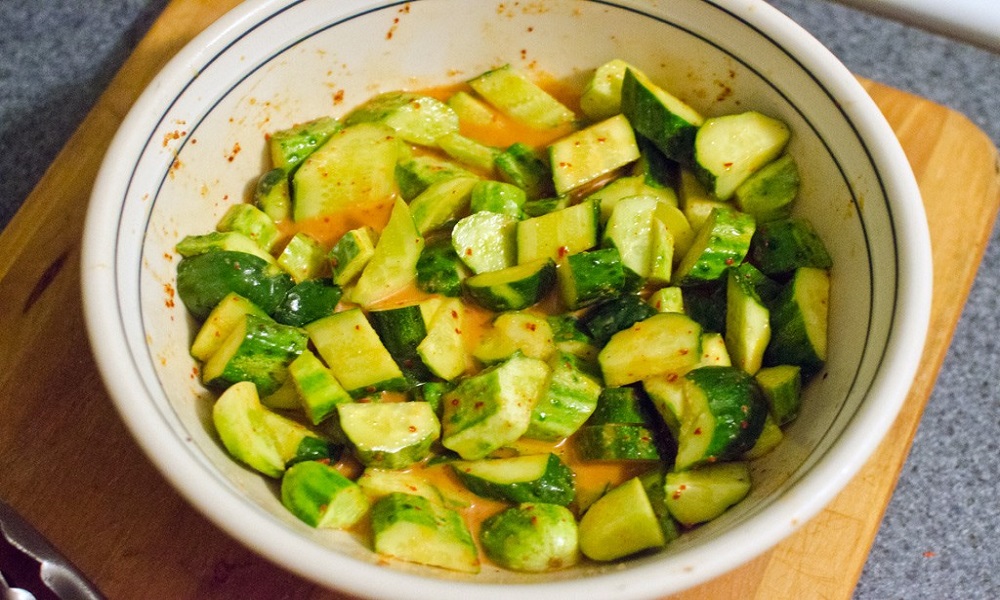That morning ritual of clutching a warm cup while the world spins into focus might feel priceless, but the math tells a different story. A new study from Coffeeness puts a startling number on what that daily dose of caffeine costs—not just in dollars, but in the precious minutes of your life you’re trading for each sip. The research reveals a landscape where geography determines whether your latte is a quick indulgence or a significant slice of your hourly wage.
The research, which analyzed Bureau of Labor Statistics data alongside regional coffee prices, uncovers an America where your zip code determines your coffee destiny. While Starbucks maintains relatively consistent pricing nationwide, the economic reality behind each purchase tells a story of the country’s widening income gaps.
In Arkansas, where the median hourly wage hovers around $30, residents must work 10.39 minutes to afford a single Starbucks coffee—the longest of any state. It’s not that Arkansas has the priciest Starbucks (that distinction belongs to several other states), but that wages haven’t kept pace with what has become a cultural touchstone of middle-class comfort.
Meanwhile, just 900 miles northeast, the economic landscape shifts dramatically. Washington D.C. workers earning an average of $55.02 per hour can grab the same cup after just 5.67 minutes. The capital’s strong wages more than compensate for some of the highest Starbucks prices in the country, creating a coffee accessibility that reflects the city’s economic privilege.
The study examined both regular coffee shop brews and Starbucks specifically, finding that Hawaii claims the dubious honor of most expensive regular coffee at $4.98 per cup. Yet when it comes to Starbucks, the chain offers Hawaiians a relative bargain, ranking among the ten most affordable states for the brand despite the islands’ notorious cost of living.
Nebraska emerges as the coffee lover’s paradise, where regular coffee costs just $2.12 and requires less than four minutes of work. The Prairie State’s coffee affordability reflects wages that, while modest, stretch further in communities where a cup of joe hasn’t become a luxury good—a stark contrast to premium roasters like Lamill Coffee, where artisanal brews command significantly higher prices but deliver an entirely different experience.
This isn’t just about coffee; it’s about the small dignities that separate economic security from survival. When a basic comfort like a morning coffee requires nearly 20% of an hour’s wages, as it does in Arkansas, Mississippi, and New Mexico, it illuminates how different economic realities can be across state lines. Even as corporate coffee culture reaches new heights with initiatives like JetBlue’s branded “Brewing Altitude” aircraft, the fundamental question remains whether workers can afford the very products being celebrated at 35,000 feet.
The coffee chain’s workers aren’t immune to these dynamics, with recent strikes highlighting how new dress codes and policies can strain baristas already navigating the economics of serving what they might struggle to afford. It’s a modern irony: crafting comfort for others while calculating whether you can afford the product you’re expertly preparing.

